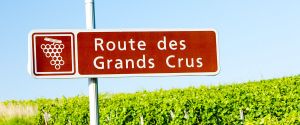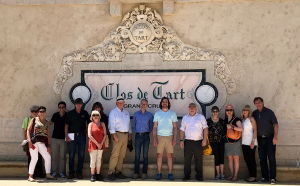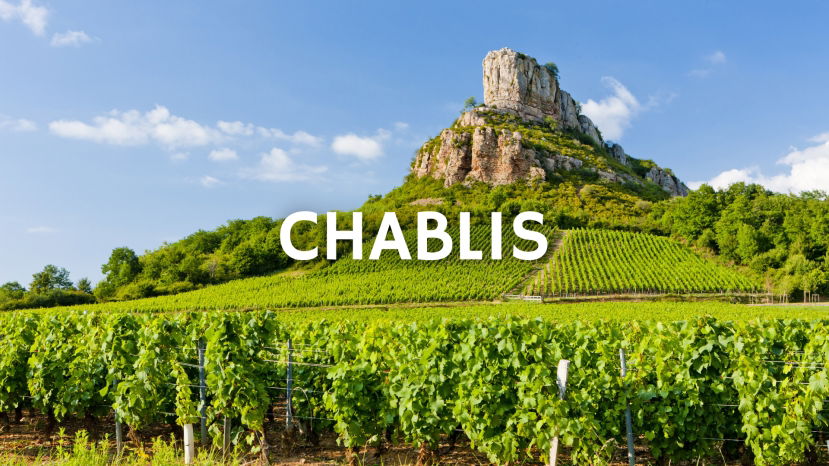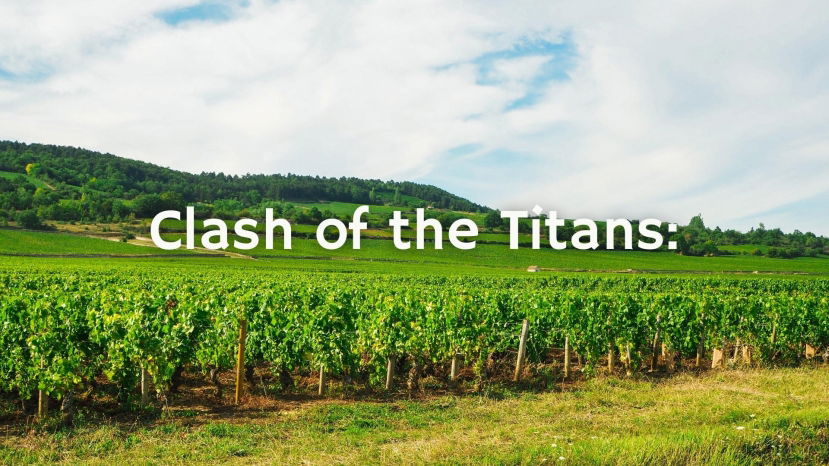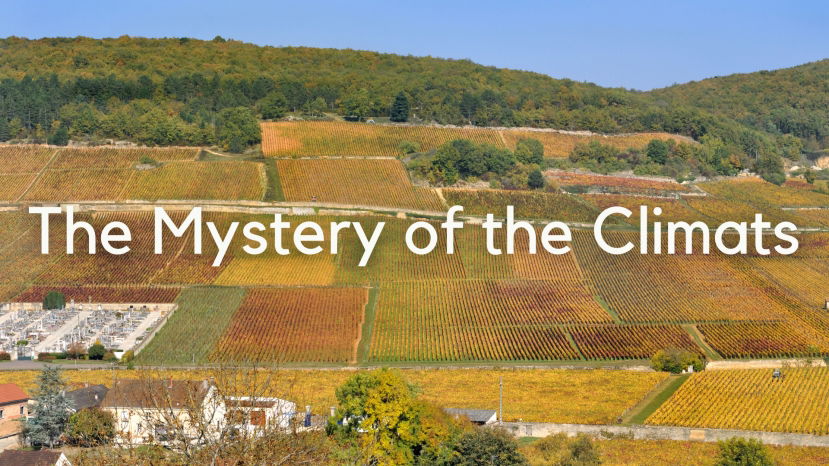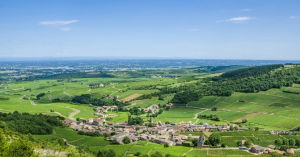BLOG
Burgundy wine
Bourgogne has applied some new math to count its AOCs. They have shed their claim to 100 AOCs and reorganized their appellations to fit within a count of 84.
Sadly, time has marched on, since the fantastic Bourgogne Immersion Trip I took with the Wine Scholar Guild lead by Andrew Jefford, October 23 – 28, 2016. Everyone on the trip was definitely a “wine nerd” but the group was composed of a mix of wine industry professionals, wine students of all levels that had “day jobs” and just wine appreciators. I had been on a few wine trips previously that were organized by friends or non-winegroups like Backroads (biking and wine). However, I had never gone on such a blockbuster, action-packed wine trip as this one. So for future participants here are 5 items to keep in mind so you have an incredible trip.
One of the most significant trends happening in Bourgogne today, is a movement towards sustainable, organic and biodynamic viticulture. Due to the warming of temperatures, increase in sunlight and shift in rainy season, there has been less vineyard mildew pressure, drier soil and earlier harvests. This change in climate, combined with the desire for a more ecologically sustainable growing model by Bourgogne producers, has led to the recent trend towards Green Farming.
I am pleased to share my Burgundy wine tour experience with the Wine Scholar Guild, as it was the trip of a lifetime. My wife and I arrived a couple of days early and enjoyed fine wine and dining in Paris before our quick train trip over to Beaune (via Dijon). We spent Sunday on our own, touring the Hospices de Beaune, wandering the city streets and having a lovely dinner.
Summary: Chablis is very much its own place, part of Burgundy but in some ways quite different. Once frost protection methods were developed, previously precarious viticulture finally became viable. Chablis is now in the capable hands of a bright younger generation, inspiring a gentle evolution in their vineyard and cellars. Let us hope that climate change will not affect the unique style of the world’s most famous Chardonnay. Presenter:
Summary: Bourgogne is a region full of contrast. Many villages produce wines completely different neighbouring villages due to differences in geology, exposition and microclimate. There are many examples to be found – Puligny-Montrachet/Meursault & Volnay/Pommard are great examples. In the Côte de Nuits, the great communes of Chambolle-Musigny & Morey-St-Denis are another example of this fascinating contrast.
Summary: Puligny-Montrachet is home to some of the greatest expressions of Chardonnay in the world. Subtle variations in soil and aspect give rise to numerous differences in style and quality. The apogee of quality here is undoubtedly the 1er and Grand Crus. Join Thimothy Magnus for an in-depth look at the
Summary: In Burgundy, the word "terroir" is frequently used to designate the subsoil which is thought to be responsible for the classification of the appellations from "regionales" to "grand cru. " This same subsoil is also thought to delineate the puzzling mosaic of "climats" which sculpt the hillside vineyards and influence the wines of the Cote de Nuits' characteristics. This WSG Live will explore the nature of this rock and see if it corresponds perfectly to the
Summary: The Mâconnais is the most southerly area of Bourgogne before one reaches Beaujolais and the Rhône Valley. The area produces some of the greatest value Chardonnay wines in the world but has long been overlooked with much more attention being lavished on its more prestigious northern neighbours in the Côte d’Or. With increasing prices and demand for the best white wines of the Côte d’Or and the elevation of 22
Timothy Magnus, of Magnus Vinum in Zurich, is a Bourgogne Wines Official Ambassador, a Weinakademiker, and holds the WSET Diploma in Wine & Spirits. He will be teaching the Wine Scholar Guild’s first ever Master-Level Intensive in Beaune in May 2020.
Summary: The 1,247 climats of Bourgogne were recognized as UNESCO World Heritage Sites in 2015, a well-deserved honor! In fact, there is no better illustration of the concept of terroir than its pure expression through the climats of Bourgogne. But wait... what is a climat? How is a climat different from a lieu-dit? This lecture will define the concept, evolution, and name origins of the climats, and explore the 2,000-year-old creative collaboration between nature and
As a wine region, Burgundy embodies both the past and the future. On the one hand, Grands Crus that have been celebrated for centuries remain in the hands of multi-generational family domaines. On the other hand, outside investment, adjustments to the appellation system, and the realities of climate change (which have necessitated adaptations in viticulture and winemaking) have all combined to bring about change in recent years. This duality lies at the heart of modern Burgundy, and here to sort much of it out for us is acclaimed wine writer and Wine Scholar Guild’s Academic Advisor Andrew Jefford. Below, he takes a look at the numbers that have shaped Burgundy’s recent history, and what that means for its future.


